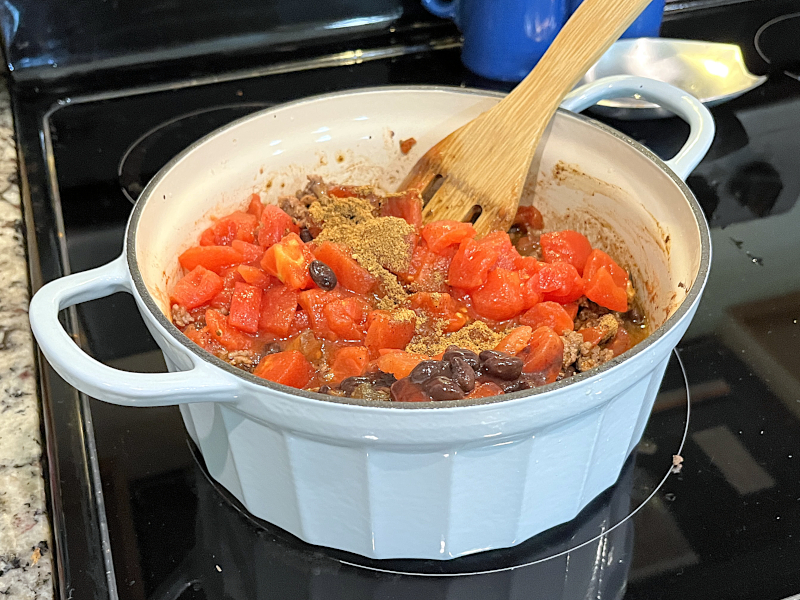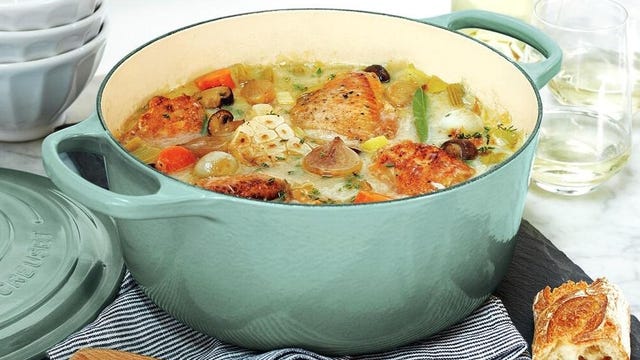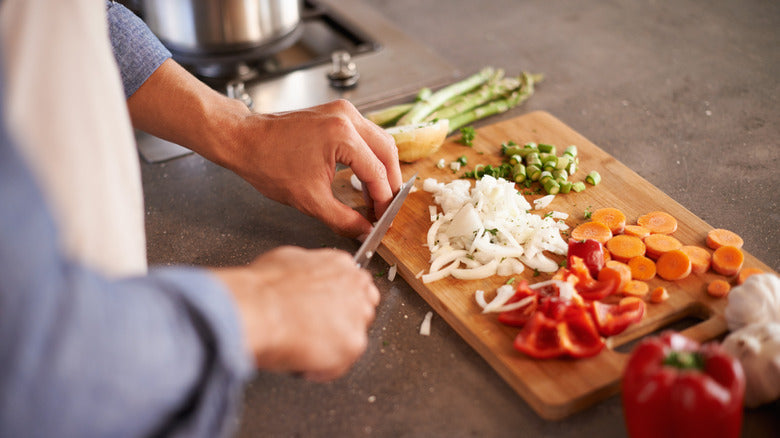As a culinary professional, the reliance on your cast iron skillet is unmatched. This versatile piece of cookware is an integral part of many kitchens, known for its ability to enhance flavors and provide a reliable cooking surface. However, maintaining its quality over time is essential, especially if you want it to last for generations. So, in this article, we'll delve into how to reseason cast iron skillet and ensure it performs at its best.
Over time, the seasoning on your skillet may wear off due to frequent use or improper cleaning. This can lead to food sticking and the skillet losing its non-stick properties. Learning how to reseason cast iron skillet can restore its functionality and improve your cooking experience.

The Importance of Reseasoning
Before we explore the process of reseasoning, its essential to understand why it matters. The seasoning on your cast iron skillet serves multiple purposes:
- Natural Non-Stick Surface: A well-seasoned skillet helps create a natural non-stick surface.
- Protects Against Rust: Seasoning protects the iron from moisture, preventing rust.
- Enhances Flavor: The seasoning can infuse flavors into dishes over time, creating a unique taste.
With these benefits in mind, let's dig into the steps involved in how to reseason cast iron skillet.
Materials You Will Need
Before you begin, gather the following materials:
- Cast Iron Skillet
- Stiff Brush or Steel Wool
- Dish Soap
- Cloth or Paper Towels
- High-Smoke Point Oil: Flaxseed oil, vegetable oil, or shortening work well.
- Oven
Step-by-Step Guide on How to Reseason Cast Iron Skillet
Now that you have your materials ready, follow these simple steps to reseason your cast iron skillet:
1. Clean the Skillet Thoroughly
Begin by scrubbing the skillet with a stiff brush or steel wool. Use hot water and a small amount of dish soap to remove any old seasoning, debris, or food residue. Rinse thoroughly and dry the skillet completely with a cloth or paper towel. Remember, any moisture left can lead to rusting.
2. Apply Oil
Once the skillet is dry, apply a thin, even layer of your chosen oil all over the interior and exterior of the skillet. You dont want it to be greasy; just a light coating will do. Wipe away any excess oil with a cloth or paper towel.
3. Preheat Your Oven
Preheat your oven to a temperature between 400F and 500F. This high temperature is essential for properly seasoning your skillet.
4. Bake the Skillet
Place your skillet upside down in the preheated oven on the top rack. You can place a sheet of aluminum foil on the bottom rack to catch any drips. Bake for at least one hour. This process helps the oil polymerize, forming a non-stick surface.
5. Let It Cool
After an hour, turn off the oven and let the skillet cool inside. When cool, you can remove it from the oven. You have now completed the process of how to reseason cast iron skillet.
Maintaining Your Resseasoned Skillet
To keep your cast iron skillet in great condition:
- Avoid Soaking: Never soak your skillet in water.
- Use Minimal Soap: If necessary, use a small amount of soap; however, it's best to avoid it entirely.
- Regularly Oil Your Skillet: After each use, apply a light coating of oil while the skillet is still warm.
- Store Properly: Store your skillet in a dry place with a paper towel inside to absorb moisture.
For further insights into maintaining your cookware, consider checking this Dutch Oven Cooking article.

FAQs
How often should I reseason my cast iron skillet?
Reseason your skillet when it begins to lose its shine, has visible wear spots, or food starts to stick.
Can I use any oil for seasoning?
It's best to opt for oils with a high smoke point, such as flaxseed oil, vegetable oil, or canola oil.
Is it normal for my skillet to change color?
Yes, cast iron can darken with use and seasoning, which is entirely normal and often an indication of its increasing non-stick properties.
For more details on using Dutch ovens, you can read about what to cook in a Dutch oven or cooking a chuck roast.
This article contains affiliate links. We may earn a commission at no extra cost to you.






Leave a comment
This site is protected by hCaptcha and the hCaptcha Privacy Policy and Terms of Service apply.